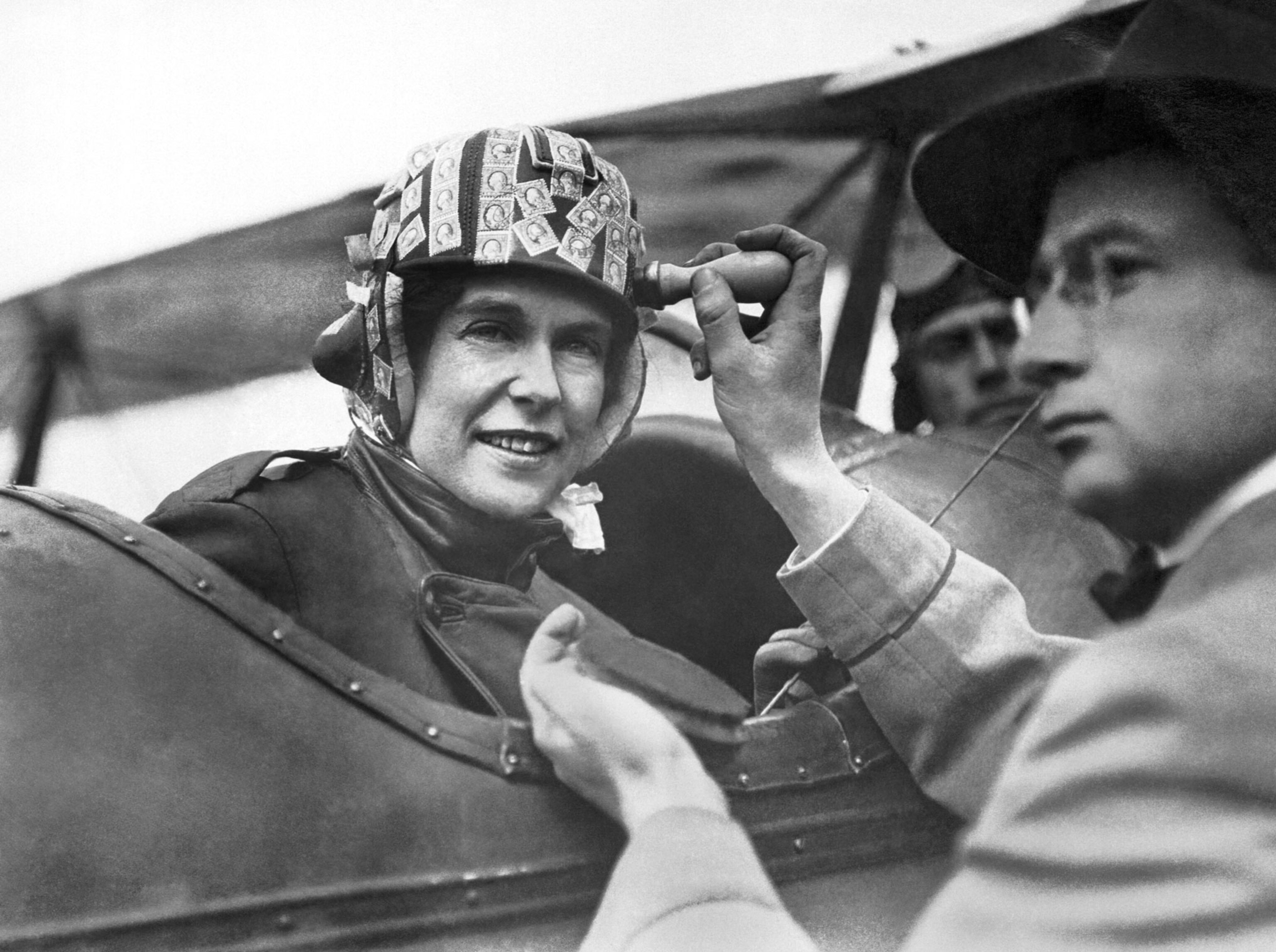
Will the Post Office go away?
By Debra Adams Simmons, HISTORY Executive Editor
The art of letter writing, mailing pastel-colored birthday cards with floral stickers, and sending packages that need to be handled with care: Those are traditions still held dear by my mother, mother-in-law, and other seniors in my life. These traditions are directly tied to the belief that the post office will get each special delivery to the intended recipient in short order.
This quaint way of life and the deeply embedded trust that has endured for 250 years of the United States Postal Service, and which we too often take for granted, is in a fight for its life. Decreasing revenue in a dynamic marketplace has some congressional leaders speculating that the service could be out of business by June.
This is not new. The USPS has had a tumultuous and colorful existence, including 100 years ago when people would put stamps on their children and send them through the mail to their destination, Boyce Upholt writes for NatGeo. (Pictured above, a woman who was shipped air mail in an early plane’s cargo.) In forming the Post Office, the founders had wanted a service that connected the scattered populous of the new United States. For two centuries, the agency would drive the expansion of roads and transit, strengthen the nation’s connections with its rural communities, and brave all conditions to bring packages to citizens’ front doors, Uphold writes.
By 1860, these roads linked 28,000 post offices, where people sometimes waited in long lines to pick up their mail in an era before home delivery. In the 1990s the Postal Service was turning a profit. But since 2007, first class mail has dropped 34 percent. It’s greatest source of revenue is delivering packages fueled by an ever-expanding online shopping addiction.
For our family, the Postal Service is like a trusted member. Just last week, I felt guilty when the mail delivery woman had to lug three giant boxes of groceries packaged in cardboard from her truck to my front door. Not that long ago the Postal Service lost a quilt that was mailed to me, made of fabrics from important life moments. Their apology wasn’t particularly emphatic and I was really upset. I vowed to use other services to get packages where they need to go.
Not long thereafter I came around, acknowledging the important role of the Postal Service in keeping us connected. I hope we don’t learn this lesson after it’s too late to do anything about it.
Do you get this newsletter daily? If not, sign up here or forward to a friend.
Today in a minute
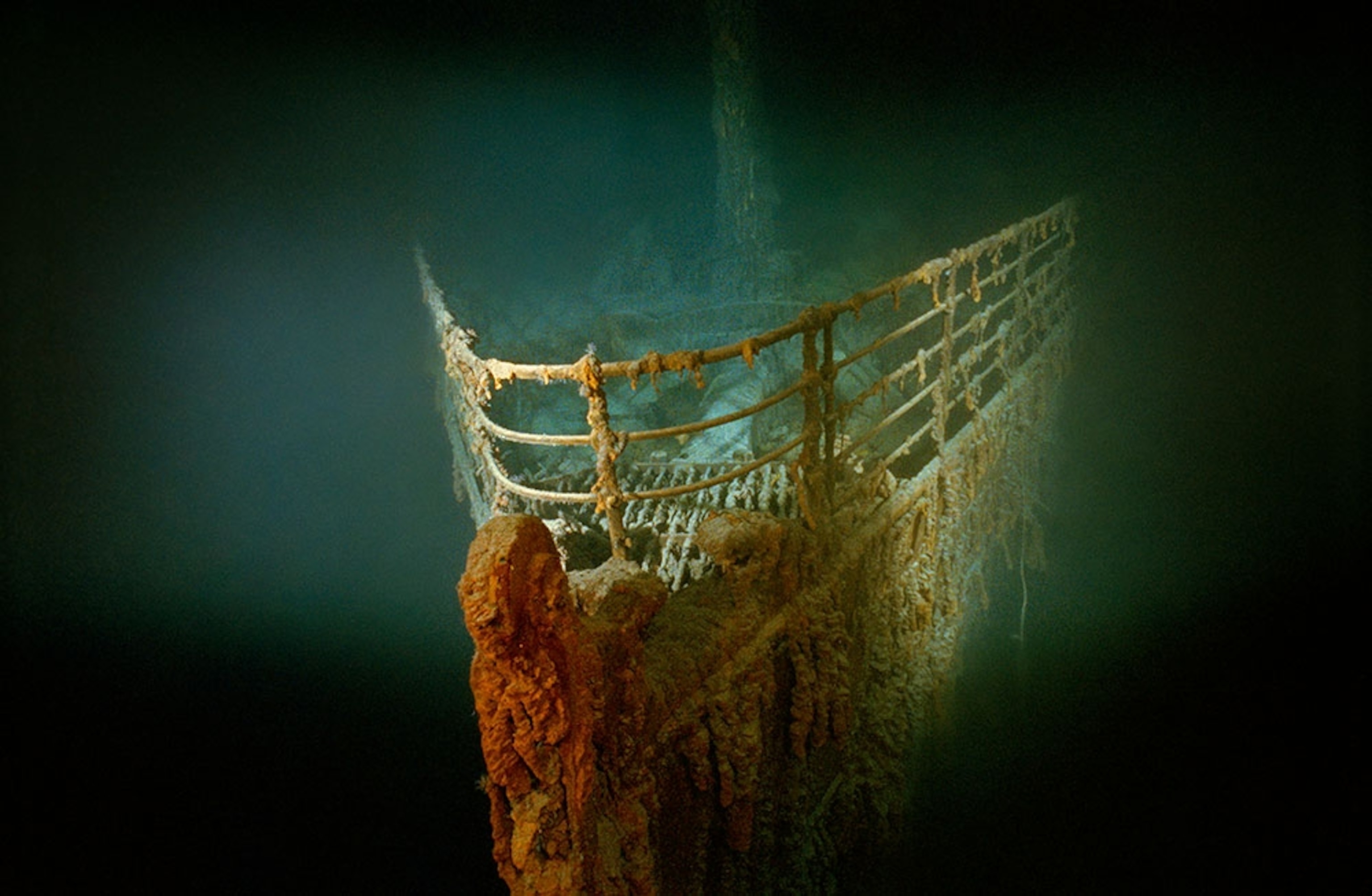
Raising the Titanic’s telegraph machine: Deep sea robots may go down to the deep to recover the Marconi machine that conveyed the doomed luxury liner’s final messages. A judge has approved a private salvage company’s request to do so, Nat Geo’s Kristin Romey reports. On the night in 1912 the Titanic hit an iceberg, telegraph operator Jack Phillips stayed on board as others headed to the lifeboats. As the frigid waters of the Atlantic rose, Phillips transmitted emergency calls to nearby ships. His last message: “Come quick. Engine room nearly full.” Pictured above, the rusted bow of the Titanic on the ocean bed.
A pause: A division of the Veterans Administration has postponed all traditional military funeral honors for vets because of the pandemic. The order, a safeguard against COVID-19 infection, affects all vets, not only those who died from the coronavirus, the Tampa Bay Times reports.
The change: Photographer Sebastián Hidalgo journeyed through his Chicago hometown, where the city’s entrenched segregation is at the root of unequal housing, political representation, health, education, food accessibility—and now death. “I think our definition of ‘normal’ will change,” Hidalgo writes for Nat Geo. “Before it was working hard, going to school, and trying to make it, while risking your health. Now it’s working hard and risking your life with COVID-19.”
Have a favorite history podcast? Here are suggestions for 10 of them, from Jon Meacham’s hopeful look at American turning points to Pulitzer-winner Nikole Hannah-Jones’s “1619" — detailing her project on the nation’s unvarnished, unreconciled past. Other podcasts include swift, occasionally irreverent looks at histories of art, fashion, and music. Do you have other history favorites? Let us know.
Instagram photo of the day
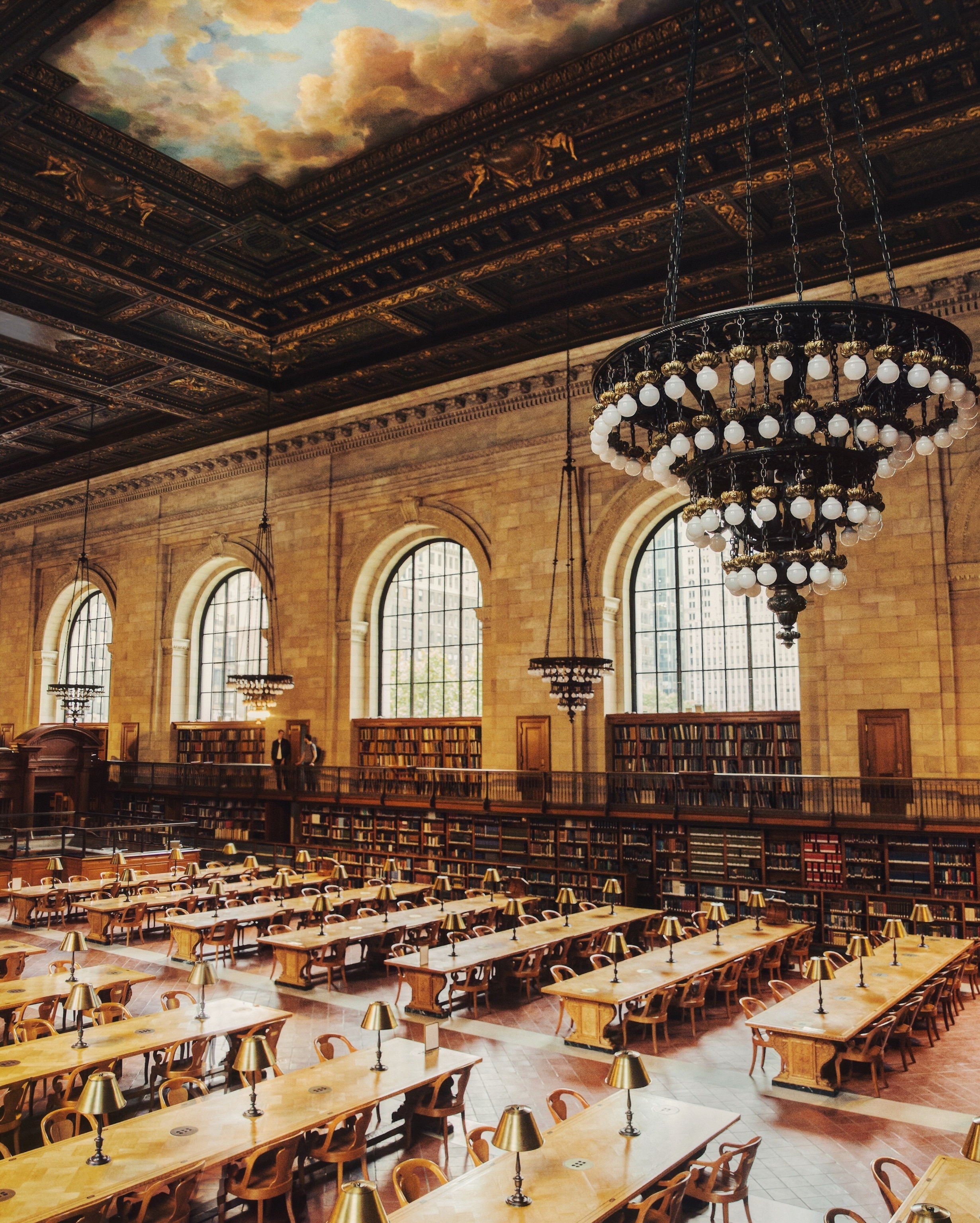
An oasis: It’s about the size of two city blocks. If was featured in the movie Ghostbusters. The New York Public Library’s Rose Main Reading Room historically has been a spectacular and serene spot in bustling Manhattan. These days, however, like much of the city, the room is even quieter than usual, closed from the pandemic.
Are you one of our 137 million Instagram followers? (If not, follow us now.)
The big takeaway
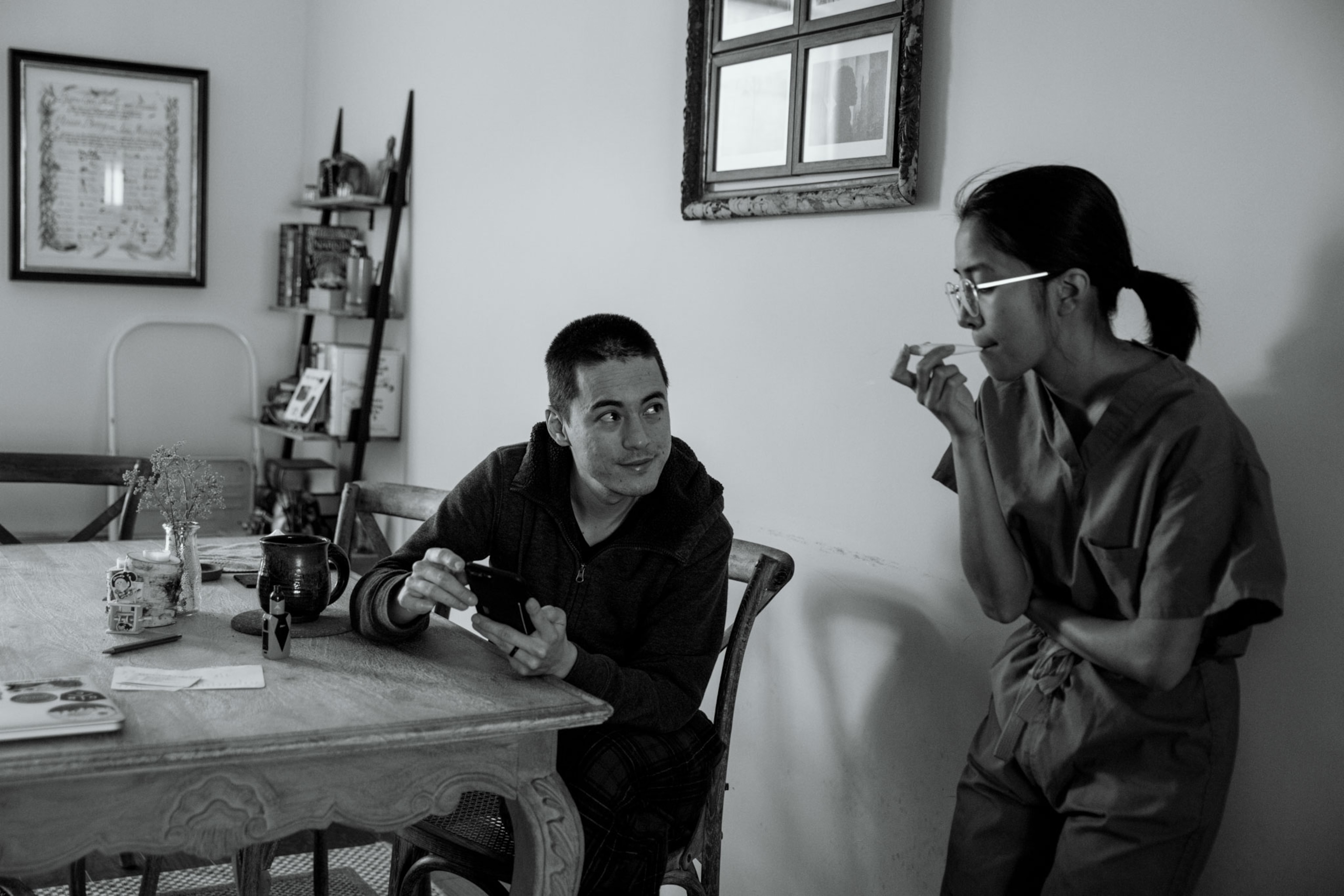
The mistake: Maryland nurse Rosem Morton walked into the room with a patient who was awaiting results for COVID-19. Morton didn't have a personal face protector to go over her eyeglasses. The patient turned out to be COVID positive. Morton, exhausted after months on the front lines, blamed herself. “I should know better. I should have advocated for myself better,” Morton writes for Nat Geo in a gripping diary of work during the pandemic. Thankfully, Morton, pictured taking her temperature before heading to the hospital, is still healthy.
Updated map: Where U.S. cases of the coronavirus are rising and falling
Overheard at Nat Geo
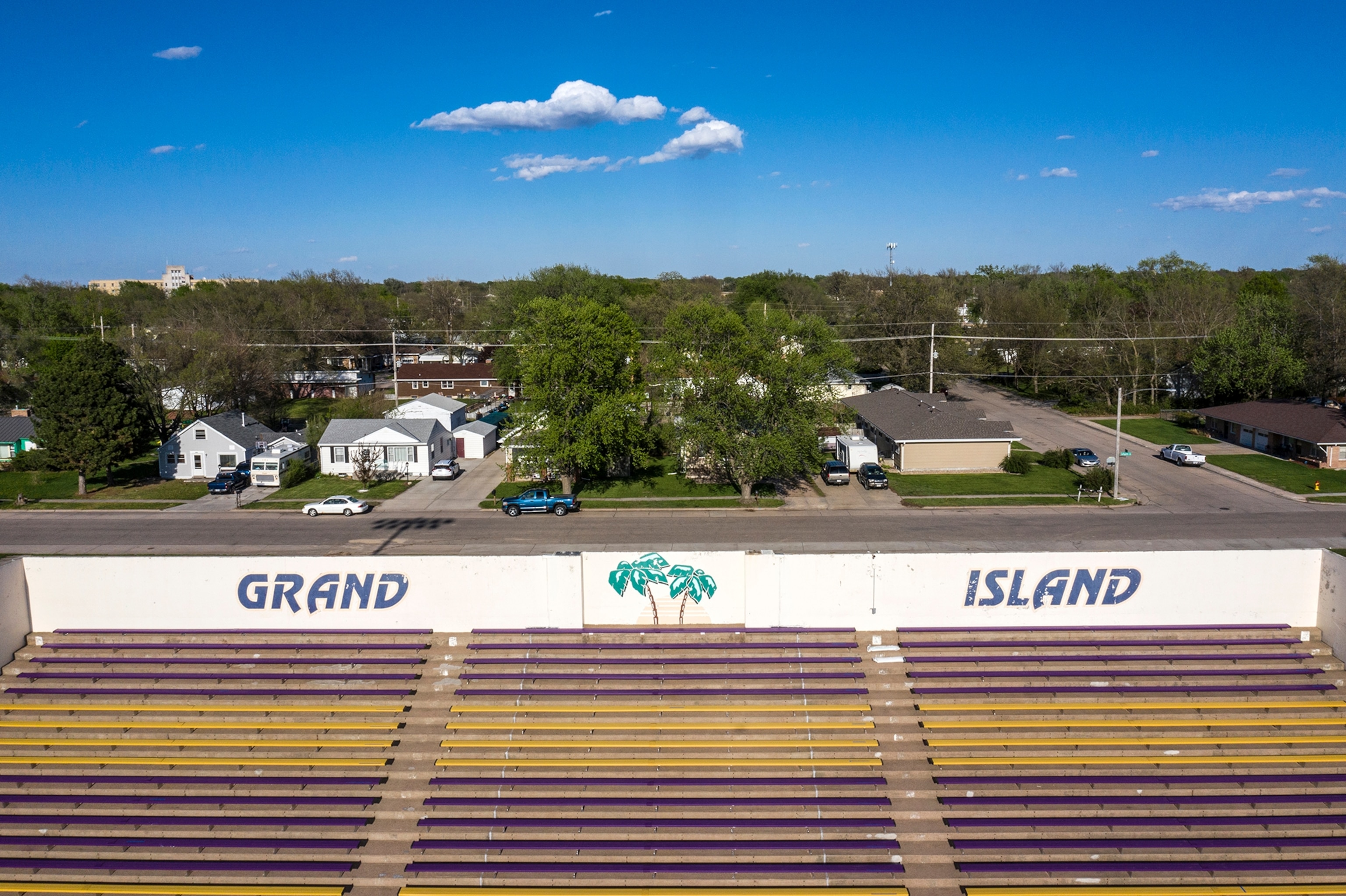

Cattle, pigskin, and COVID-19: Our occasional partnership with ESPN has yielded new glimpses of our world, such as a part of Nebraska where cattle outnumber people 10 to 1. The meatpacking city of Grand Island is struggling with COVID-19 as a hotspot. ESPN writer Elizabeth Merrill reports that the city also is so crazy about football that Jack Sheard, a council candidate, says he worries “about the psyche of the town if we don’t have Friday night football” this fall. Pictured at left, photographer David Guttenfelder shows the bleachers of the still-being-built Grand Island Senior High School Islanders football stadium; at right, graduating senior Broc Douglass, who hopes to continue football at the University of Nebraska, works out in his parents’ garage.
In a few words
Failure to act on injustice is closing eyes to the world. ... At this particular moment in our country, as backward as it is and as depressed as I am about much of it, there’s a new mood and they are making new sounds.Lorraine Hansberry, Writer, playwright: From “Sighted Eyes/Feeling Heart"
Did a friend forward this to you?
On Tuesday, George Stone covers travel. If you’re not a subscriber, sign up here to also get Victoria Jaggard on science, Rachael Bale on animal news, and Whitney Johnson on photography.
The last glimpse
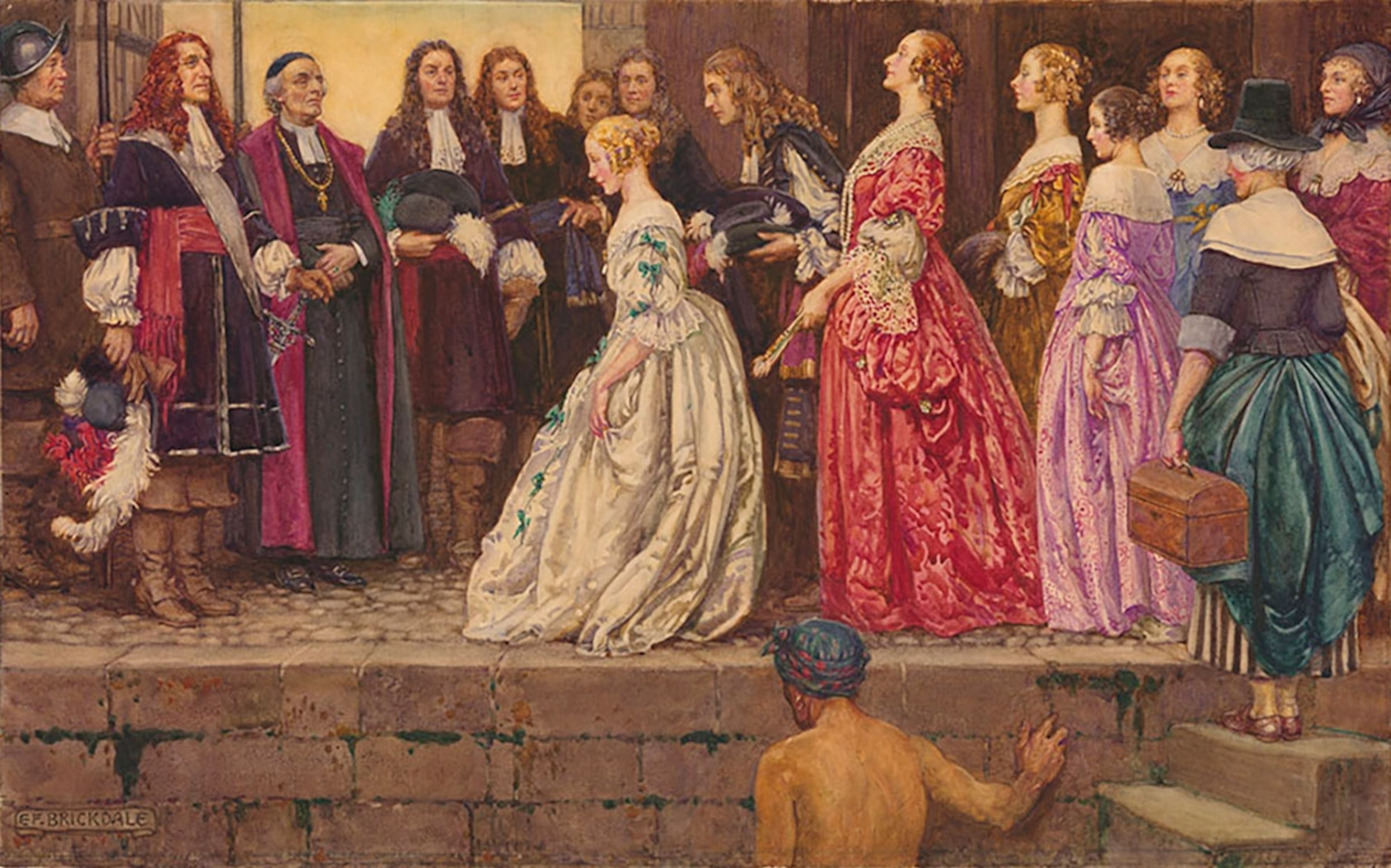
The rise of New France: Hundreds of years ago, French fur traders and brides-to-be sought their fortunes in America—stoking tension with indigenous people. Though the French colony only existed between 1608 and 1763, it produced a distinct language, culture, and history that still reverberates in modern-day Canada, Erin Blakemore writes for Nat Geo. The intertwined lives of the people of 1690s New France have been depicted in Annie Proulx’s best-selling novel Barkskins and the National Geographic limited TV series of the same name, which begins tonight. The key to the colony’s survival was occasional peace with indigenous groups and the importation of women, known as filles du roi, or daughters of the king (shown in Eleanor Fortescue-Brickdale’s painting, above). These women went from poverty in France to greater independence—and a recognized role as the founding mothers of a new nation (represented in blue on the map below).
Watch: Barkskins premieres on National Geographic TV at 9 p.m. eastern (8 p.m. central) on Monday.
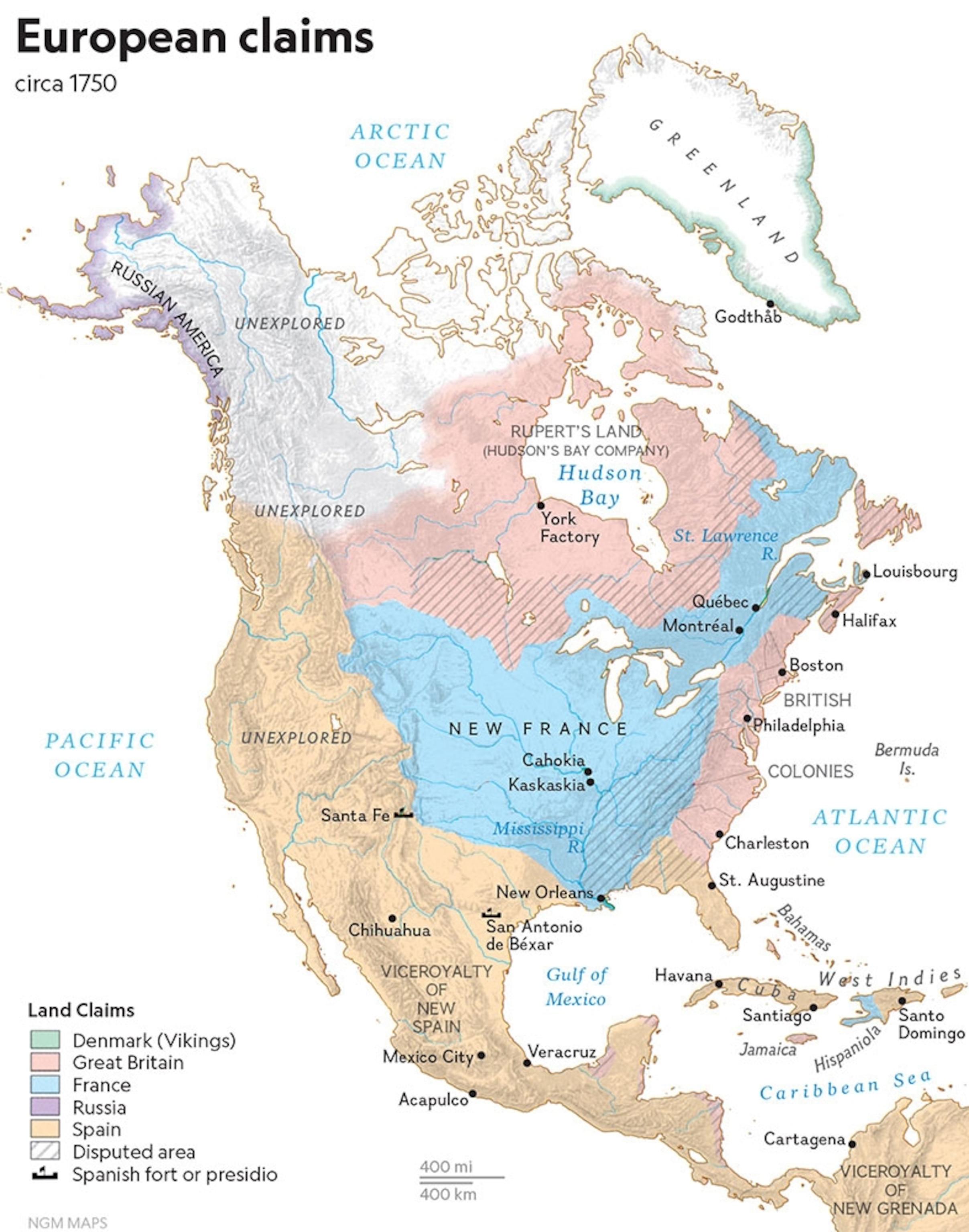
Subscriber exclusive: Four nations where women have gained political power, despite the obstacles